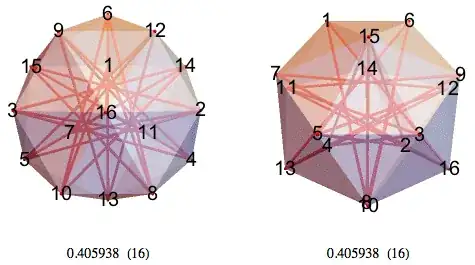I've edited and reposted a version of this question on mathOverflow (for professional mathematicians) here, which may prove interesting to others.
Some mathematical problems require solution techniques from a single branch (sub-discipline) of mathematics. For instance, most problems in formal logic can be addressed by the methods of formal logic without the need for other methods.
Some problems require solution techniques from two branches of mathematics. For instance, there are many problems in plane geometry that resist purely geometric solution techniques, but also require algebra.
Yet other problems may require the branches geometry and algebra and combinatorics and graph theory, etc.
What are some abstract problems that require a broad range of solution techniques, i.e., from disparate sub-disciplines? The ideal response to this question is a short, crisply posed problem whose solution requires methods from as many and as widely disparate branches of mathematics as possible.
Of course, most branches of mathematics overlap with a number of other branches, but just to be clear, in this case you should consider two branches as separate if they have separate listings (numbers) in the Mathematics Subject Classification.
Real-world problems, such as "design an airplane," are not acceptable answers.
One of the reasons I'm interested in this problem is by analogy to technology. More and more problems in technology require a range of disciplines, e.g., electrical engineering, materials science, perceptual psychology, optics, thermal physics, and so forth. Consequently, the best leaders of technical teams should have such broad range of disciplinary knowledge.
What about the case for mathematics? Is it that problems posed in formal logic will need techniques from differential topology (say) for their solution? Or can mathematical problems be more "placed in silos" or "disciplinarily isolated" than in other disciplines? Having a few good examples of problems that require a broad range of disciplines would be relevant to understand this issue. Descartes' brilliant bridging of algebra and geometry (formerly considered rather disparate disciplines) allowed many new problems to be solved (and posed).
Incidentally, while the documentary, cited below, of Wiles' proof of Fermat's Last Theorem indeed cites the work of many mathematicians and many different results, it is not clear quite how broad the disciplinary "reach" of the proof is. Surely it is large... but might there be other succinctly stated problems that (while not as hard or celebrated as FLT) nevertheless require techniques from a wider range of sub-disciplines?
